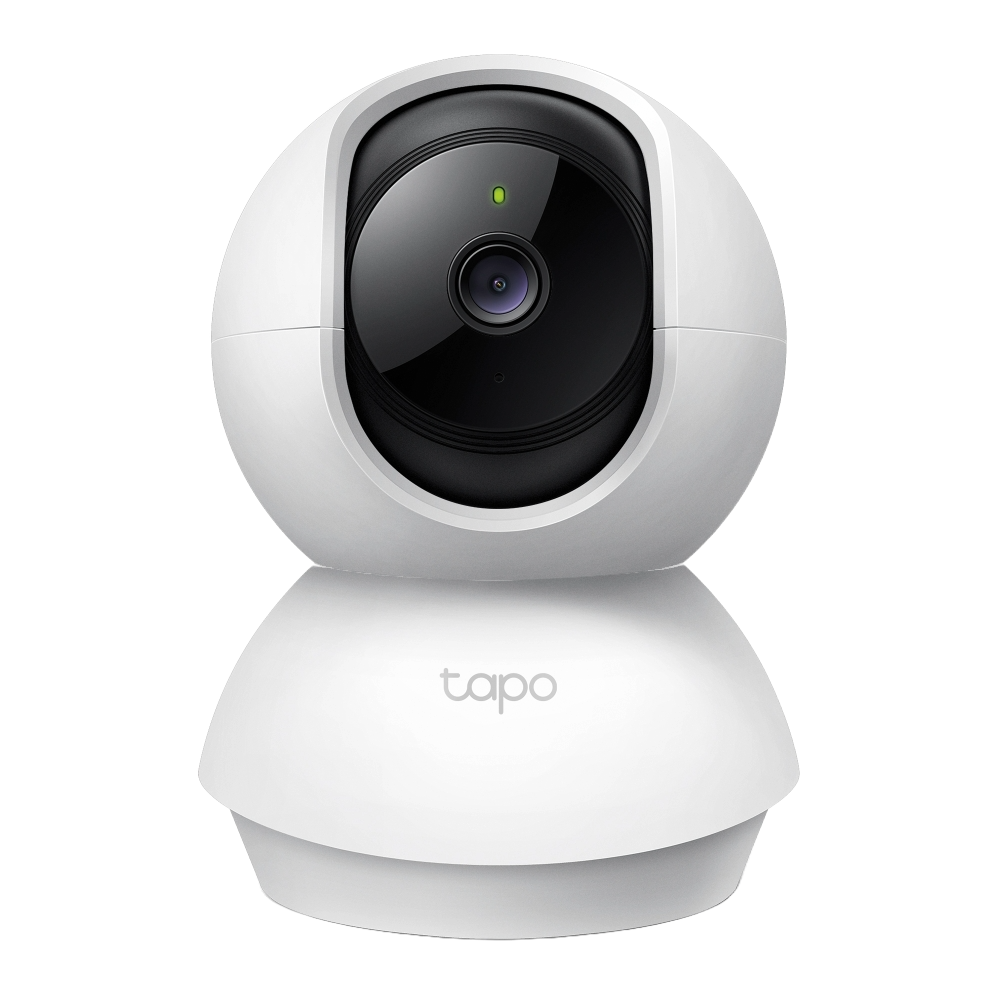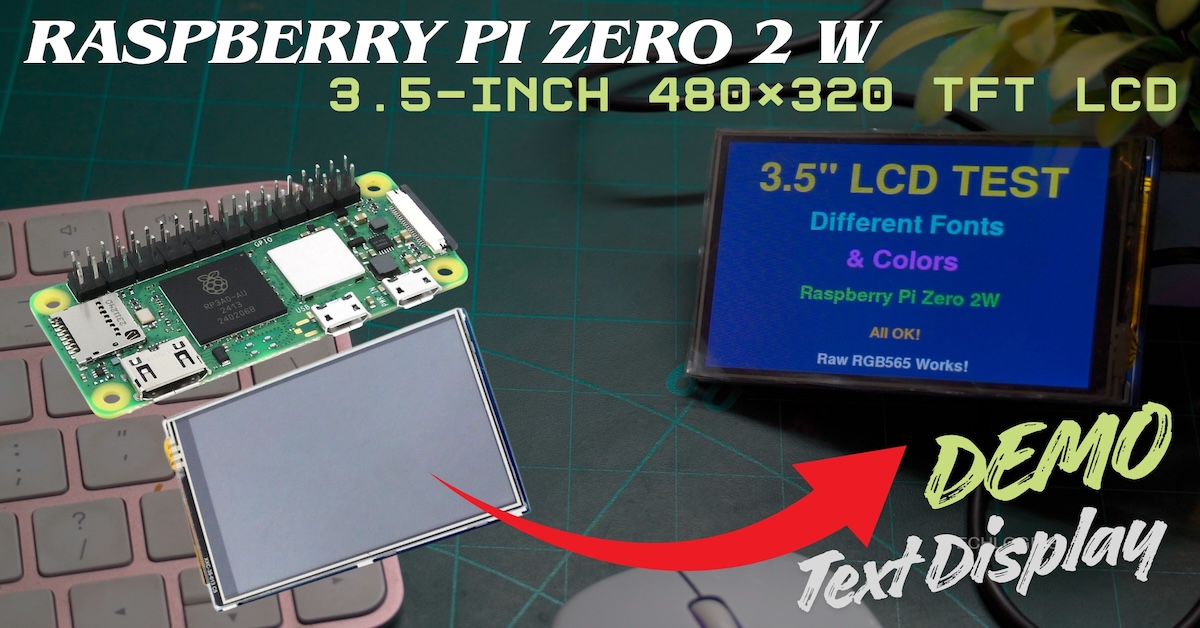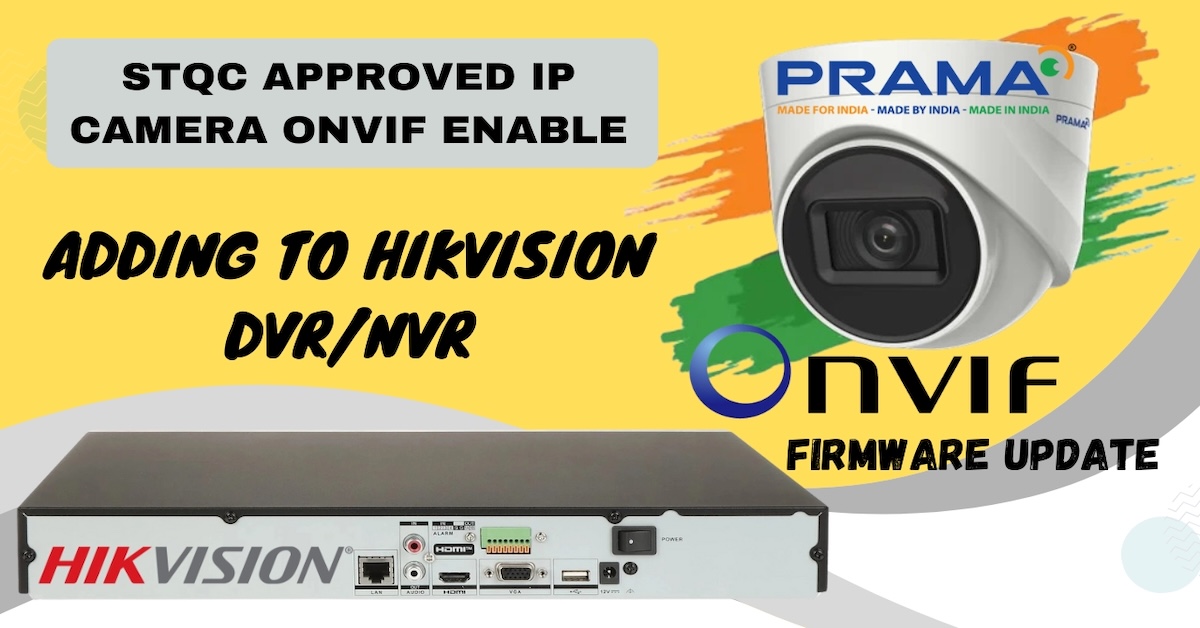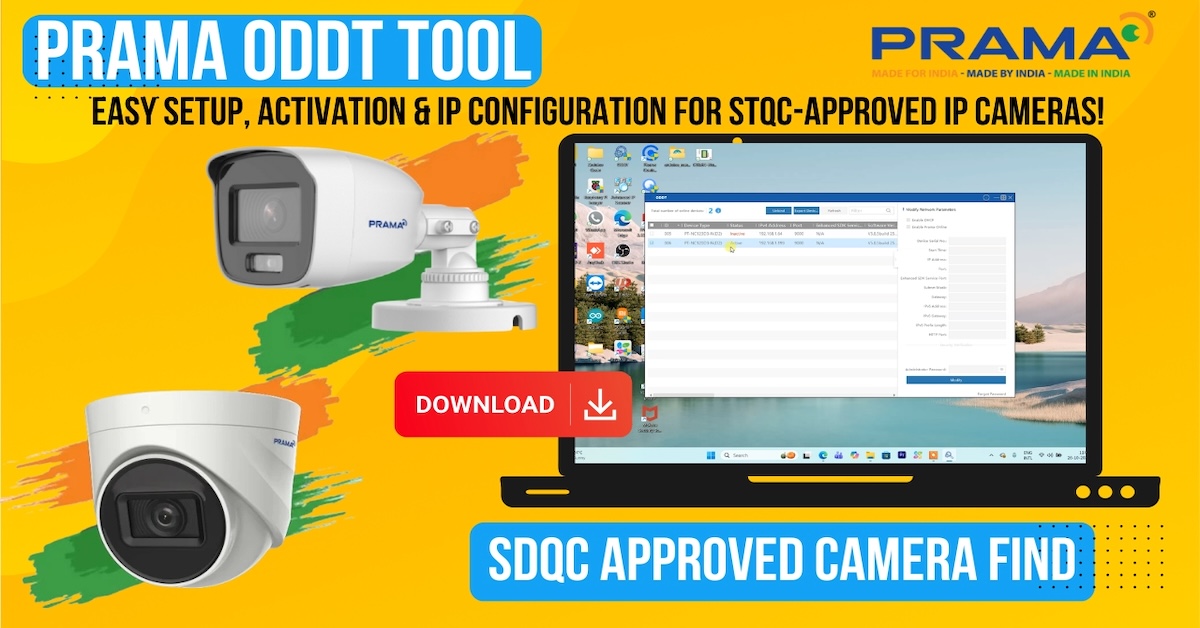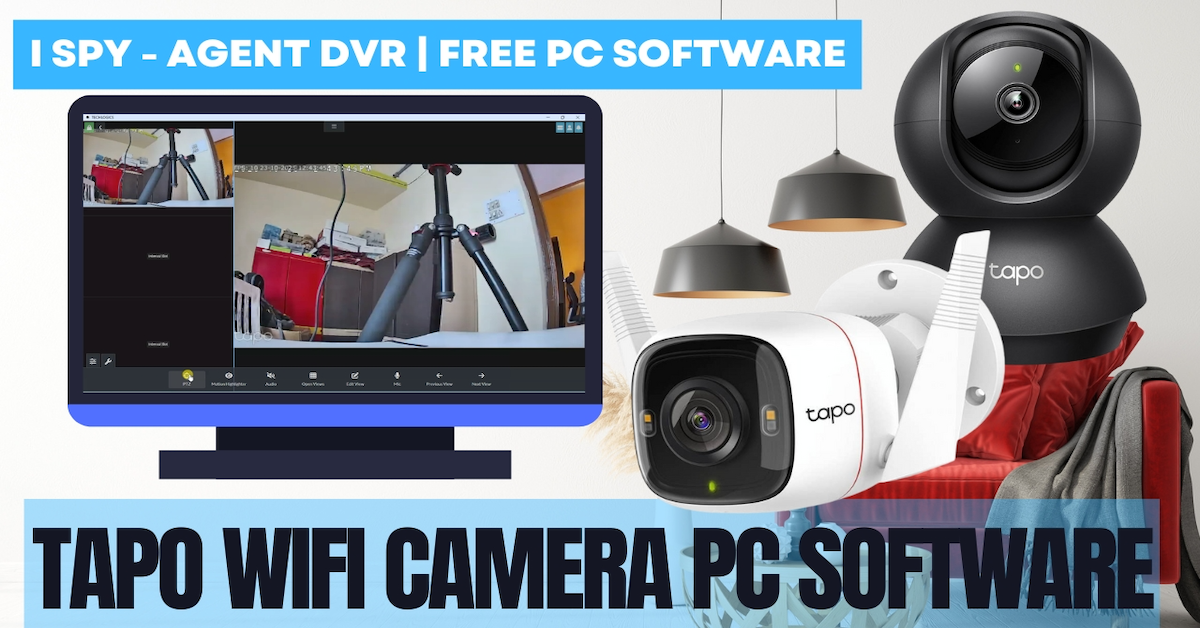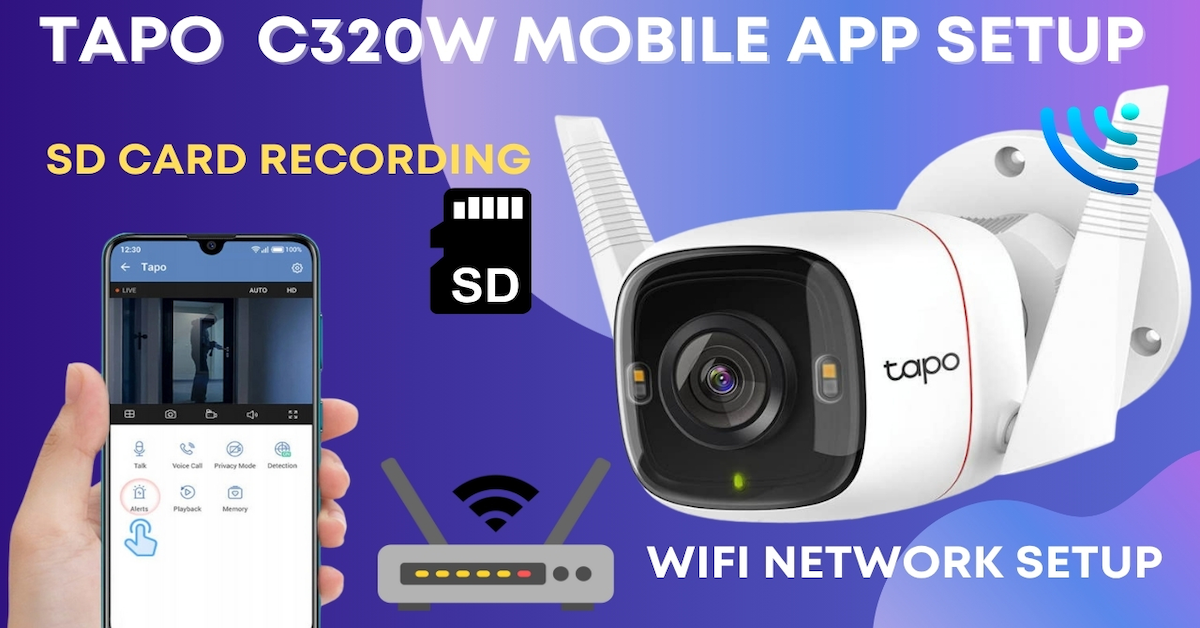Welcome to TECH LOGICS! Today, we’re diving into a revolutionary gadget that can transform your network setup—the TP-Link POE Splitter (TL-POE10R). If you’ve ever struggled with powering non-POE-compatible devices like Wi-Fi cameras, IP network cameras, routers, or modems, this compact device could be the perfect solution. Let’s explore how it works, how to set it up, and why it’s a must-have for simplifying your network configuration.
What is the TP-Link POE Splitter?
The TP-Link TL-POE10R POE Splitter is designed to make your network setup more efficient by separating power and data from a single Ethernet cable connected to a POE-enabled switch or injector. It converts the incoming 48V power into a lower, selectable voltage—12V, 9V, or 5V—and provides two outputs:
- Ethernet port: For data connectivity.
- DC output jack: For powering your device.

This functionality allows non-POE devices, such as IP cameras, Wi-Fi cameras, routers, or modems, to receive both power and network access through a single cable. The result? A cleaner, more flexible, and scalable network setup.
Why Use a POE Splitter?
Non-POE devices often require separate power adapters and Ethernet cables, which can clutter your setup and limit installation flexibility. The TP-Link POE Splitter eliminates these challenges by:
- Simplifying installation with a single cable for power and data.
- Enabling long-distance connections (up to 328 feet or 100 meters) using a high-quality Cat6 cable with an 802.3af-compliant POE switch or 48V power injector.
- Supporting a wide range of devices with selectable voltage options (12V, 9V, or 5V).
- Enhancing network scalability by integrating non-POE devices into a POE system.
Real-World Application: Setting Up a Hikvision Wi-Fi Camera
To demonstrate the TP-Link POE Splitter’s capabilities, let’s walk through a setup using a Hikvision Wi-Fi camera that has LAN and DC ports but lacks native POE support. This setup integrates the camera into a POE switch network, providing both power and LAN connectivity through a single cable.

Setup Instructions
- Connect the POE Switch to the Splitter:
- Use a high-quality Cat6 Ethernet cable to connect one end to a POE port on your POE switch. This cable will carry both power and data.
- Attach the other end to the Ethernet input of the TP-Link POE Splitter. The splitter will separate the incoming power and data into distinct outputs.
- Connect the Splitter to the Camera:
- Plug the splitter’s LAN port into the camera’s Ethernet port to enable data transfer.
- Connect the splitter’s DC output to the camera’s power input to supply the required voltage (select 12V, 9V, or 5V based on your device’s requirements).

- Verify the Connection:
- When the POE switch is connected to the splitter, the splitter’s green LED will blink slowly, indicating it’s receiving power.
- Once the camera is connected to the splitter’s LAN and DC ports, the green LED will become stable, confirming that both power and data are being delivered correctly.
- On the camera, a blue light will indicate it’s powered, and its presence in your network software’s device list (on a connected PC or NVR) will confirm successful data transmission.



Why Cat6 Matters
For optimal performance over distances up to 100 meters, use a high-quality Cat6 cable. This minimizes signal loss and interference, ensuring stable power and data transmission. A reliable cable enhances your network’s efficiency and keeps your devices running smoothly.
Versatility Across Devices
The TP-Link POE Splitter isn’t limited to Hikvision cameras. It supports any device with a DC input of 12V, 9V, or 5Vand an Ethernet port, including:
- Other IP or Wi-Fi cameras.
- Routers, modems, or access points.
- IoT devices or network extenders.
This versatility makes it easy to integrate various devices into your existing surveillance or network system. Connected devices can communicate with a network video recorder (NVR), a PC, or mobile apps, enabling remote access and control.
Benefits of Using the TP-Link POE Splitter
- Simplified Wiring: Reduces the need for separate power adapters and cables.
- Cost-Effective: Eliminates the need for additional power sources or complex wiring.
- Scalable: Easily add non-POE devices to your POE network.
- Reliable Performance: Supports long-distance connections with minimal signal loss when paired with a Cat6 cable.
Final Thoughts
The TP-Link TL-POE10R POE Splitter is a game-changer for anyone looking to streamline their network setup. Whether you’re powering a Wi-Fi camera, an IP camera, a router, or another non-POE device, this gadget offers a simple, efficient, and flexible solution. By combining power and data into a single cable, it reduces clutter, enhances scalability, and makes your network more manageable.
Have you tried using a POE splitter in your setup? Let us know your thoughts or share your experiences in the comments below! If you found this guide helpful, please like, share, and subscribe to TECH LOGICS for more tech tips and tutorials. Your support helps us create more valuable content for our community. Thank you for reading!
